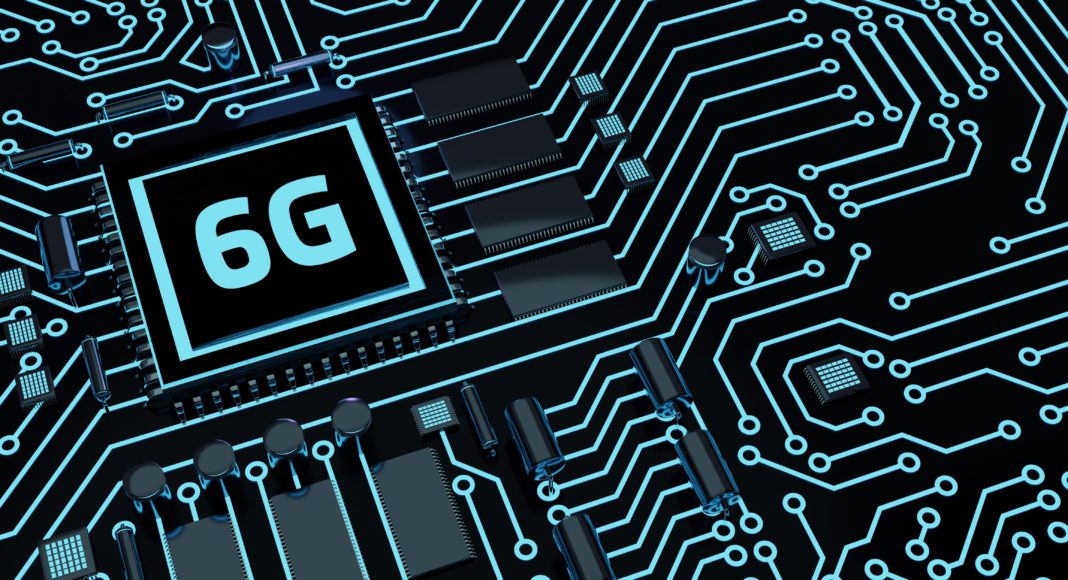Docomo and the other three Japanese companies have been jointly conducting R&D on sub-terahertz devices since 2021
Japanese companies NTT Docomo, NTT Corp., NEC and Fujitsu jointly announced the development of a 6G wireless device capable of 100 Gbps transmissions in the 100 GHz and 300 GHz sub-terahertz bands.
The four companies have been jointly conducting R&D on sub-terahertz devices since 2021. To date, tests of a jointly developed wireless device have achieved ultra-high-speed 100 Gbps transmissions in the 100 GHz and 300 GHz bands at distances of up to 100 meters. The partners noted that 100 Gbps is approximately 20 times faster than the maximum 4.9 Gbps data rate of current 5G networks.
After analyzing the wireless system configuration and performance required for 100 GHz telecommunications applications, NTT Docomo developed wireless transmission equipment capable of transmitting data rates equivalent to 100 Gbps at a distance of 100 meters.
Based on research into 300 GHz wireless devices and related equipment such as wideband mixers, NTT developed a wireless device capable of transmitting 100 Gbps per channel at a distance of 100 meters in the 300 GHz band.
Meanwhile, NEC analyzed a wireless system configuration for telecommunications in the 100 GHz band and developed a multi-element active phased array antenna (APAA) consisting of more than 100 antenna elements.
Fujitsu had carried out research of compound semiconductor technologies that enable high-output, high-efficiency signal amplification to extend communication range and reduce power consumption in the 100 GHz and 300 GHz bands. After this research, Fujitsu achieved what it claims to be the world’s highest power efficiency in a high-output amplifier.
“In the 6G era, when wireless networks are envisioned supporting diverse applications ranging from ultra-HD video streaming to real-time control in autonomous vehicles, as well as increasing communication demands, high-capacity wireless communication is expected to be achieved by exploiting the abundant bandwidth available in the sub-terahertz band from 100 GHz to 300 GHz. However, compared to 28 GHz and other millimeter bands used in current 5G systems, the much higher frequencies of the sub-terahertz band will require entirely different wireless devices that are now being developed from scratch,” NTT Docomo said.
“To be successful, this effort will need to overcome several key challenges, such as determining the specific performance requirements of wireless devices operating in the sub-terahertz band, and then actually developing such devices.
Going forward, the four companies will continue to conduct extensive R&D into sub-terahertz telecommunications, leveraging each company’s strengths in various initiatives to contribute to 6G standardization,” Docomo added.
6G networks are expected to be commercially launched around 2030.

